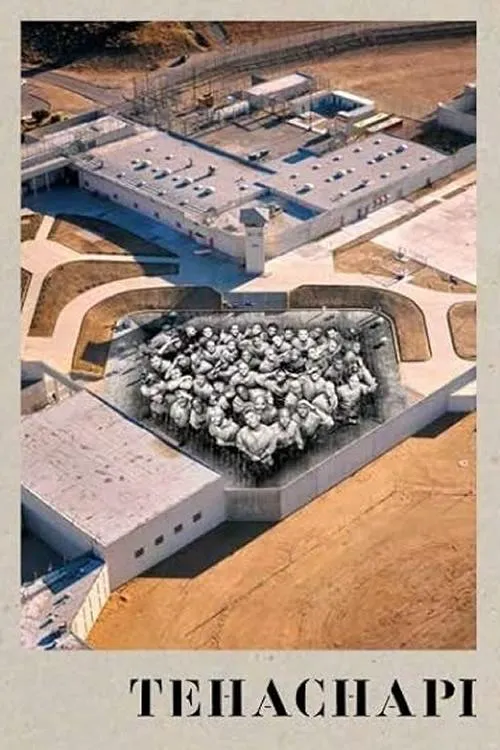Tehachapi

Plot
Tehachapi is a thought-provoking and visually striking documentary that delves into the realm of prison rehabilitation through art, a subject that resonates deeply with the public psyche. French visual artist-director JR, known for his groundbreaking collaborations, takes the audience on an emotional journey within the confines of the Tehachapi State Prison, a maximum-security facility in Southern California. The result is a captivating cinematic experience that humanizes the often-marginalized individuals behind bars, sparking necessary discussions about the power of empathy and the potential of art to transform lives. The documentary opens with a serene landscape of the Tehachapi Mountains, a striking contrast to the harsh realities of the prison system. JR's camera pans across the desert landscape before entering the prison gates, a metaphorical threshold between freedom and confinement. As the camera navigates the corridors and cells, the audience is introduced to the men who call this place home. The prisoners, with a diverse range of backgrounds and circumstances, are the central figures in this narrative, their stories unfolding through JR's conversations and collaborative projects. JR's approach to documentary filmmaking is characterized by his empathetic and non-judgmental gaze, which puts his subjects at ease and allows their authentic voices to emerge. He engages with the inmates in various capacities, often through art-based exercises, to build trust and encourage them to express themselves. As the film progresses, the audience is immersed in the creative process, witnessing the transformation of raw emotions into powerful visual statements. One of the most poignant aspects of Tehachapi is the focus on the emotional landscape of the prison. JR skillfully captures the inner workings of the men's minds, showcasing the struggles they face as they navigate the complexities of the justice system. He highlights the psychological toll of incarceration, the sense of isolation, and the feelings of hopelessness that can consume those behind bars. Conversely, he also reveals the resilience and resourcefulness of the human spirit, exemplified by the creative expressions of the inmates. JR's innovative use of large-scale murals and photographs serves as a powerful medium for self-expression, allowing the prisoners to transcend their physical confines and project their stories onto the world beyond the prison walls. The artwork, which takes on various forms, becomes a tangible representation of the men's experiences, emotions, and desires. By sharing their stories through visual art, they assert their identities and reclaim their agency in a system that often reduces them to mere statistics. Through his conversations with the inmates, JR sheds light on the social and economic factors that led to their incarceration. These men are not just offenders; they are human beings with complex histories, families, and aspirations. The documentary humanizes the perpetrators by highlighting their own struggles and vulnerabilities, forcing the audience to confront their own biases and assumptions. One of the most striking aspects of Tehachapi is the way JR brings together seemingly disparate elements, weaving a narrative that is both deeply personal and universally relatable. The prisoners' stories become a testament to the commonality that exists across human experience, regardless of social status, geographical location, or circumstances. Their struggles, triumphs, and emotions resonate with the audience, creating a shared sense of understanding and empathy. As JR's camera captures the men's creative expressions, the documentary transforms into a vibrant tapestry of art, music, and poetry. The Tehachapi inmates' artwork, often stark and unflinching, becomes an unapologetic representation of their existence. By giving voice and visibility to their stories, JR honors their humanity and demands that we, as a society, acknowledge the value of their lives. The film's conclusion finds JR and the inmates reflecting on their collaboration and the impact it has had on their lives. They discuss the ways in which art and creative expression have helped them to process their emotions, find redemption, and reclaim their sense of self-worth. As the camera pans out, we are left with a haunting sense of hope and renewal, a reminder that even within the most inhospitable environments, the human spirit can thrive. Tehachapi is a testament to the transformative power of art and empathy. Through this documentary, JR demonstrates the potential for creative expression to bridge the divides that exist between people and between the world inside and outside the prison walls. As we watch the Tehachapi inmates' stories unfold on screen, we are reminded that, ultimately, we are all prisoners of our circumstances, and that it is through compassion, understanding, and artistic expression that we can work towards healing and liberation.
Reviews
Recommendations




